What is Backcountry Skiing?
Backcountry skiing is an exhilarating way to explore the mountains beyond the groomed trails and crowded ski resorts. Unlike traditional skiing, backcountry skiing involves navigating ungroomed terrain, often far from the conveniences of ski lifts and lodges.
This adventurous sport combines elements of skiing, mountaineering, and wilderness survival, making it both challenging and rewarding. Skiers must rely on their skills to ascend and descend the slopes, using specialized equipment and techniques to conquer the rugged landscape.
What Essential Gear Do You Need for Backcountry Skiing
Proper gear is crucial for safety and performance in the unpredictable mountain environment.
Skis and Bindings
Backcountry skis are typically lighter and more versatile than their resort counterparts. They often feature special bindings that allow the heel to lift for uphill travel and lock down for downhill skiing.
These bindings, often called alpine touring (AT) bindings, provide the flexibility needed for climbing and the stability required for descent, making them indispensable for backcountry adventures.
Skins
Climbing skins are strips of material attached to the bottom of skis, providing traction for uphill movement. They can be removed or adjusted as needed. Made from synthetic or mohair materials, skins stick to your skis with an adhesive, allowing you to glide forward but preventing you from sliding backward, essential for tackling steep ascents.
Helmet
Helmet will offer you best protection. If you're still using a traditional ski helmet, it's time to upgrade your gear. LIVALL RS1 smart ski helmet stands out.
Equipped with 15 adjustable vents to quickly remove excess heat, the LIVALL RS1 features a low-temperature battery with a battery life of up to 16 hours, maintaining stability even in environments as cold as -20 degrees Celsius.
With the LIVALL Ski app, you can share your skiing adventures in real-time and record your tracks. It also has a fall detection function, adding an extra layer of safety.

Boots
Backcountry ski boots are designed to be both flexible for climbing and rigid for descending. Comfort and fit are key, as you'll spend long hours in them. Modern backcountry boots often feature a walk mode that increases cuff mobility for uphill travel, combined with a ski mode that locks the cuff for downhill stability, balancing comfort and performance.
Avalanche Safety Gear
A beacon, shovel, and probe are non-negotiable items for avalanche safety. They help locate and rescue buried skiers in an emergency. Avalanche transceivers (beacons) transmit and receive signals to find buried victims, while probes help pinpoint their exact location beneath the snow. A durable, lightweight shovel is crucial for digging them out quickly.
Clothing
Layering is essential. Base layers should wick moisture, mid-layers provide insulation, and outer layers protect against wind and snow. Opt for materials like merino wool or synthetic fabrics for base layers, fleece or down for mid-layers, and waterproof, breathable shells for outer layers to ensure comfort and protection against the elements.
Backpack
A good backpack carries your gear, food, and water. It should be comfortable and equipped with straps for skis. Look for backpacks with features like hydration reservoirs, avalanche gear compartments, and reinforced ski carry straps to keep your equipment organized and accessible.
Navigation Tools
A map, compass, and GPS device are vital for navigation in remote areas. These tools help you plan your route, stay on course, and find your way back safely, even in poor visibility or unfamiliar terrain.
First Aid Kit
Accidents happen, and a well-stocked first aid kit can make a difference. Include items like bandages, antiseptic wipes, pain relievers, and blister treatment, along with any personal medications, to handle common injuries and illnesses on the trail.
How Dangerous Is Backcountry Skiing
Backcountry skiing is inherently riskier than resort skiing due to its unpredictable nature. Avalanches are the most significant hazard, but other dangers include severe weather, terrain traps, and isolation. Preparation and knowledge are your best defenses.
Always check avalanche forecasts, travel with a partner, and know how to use your safety gear. Taking an avalanche safety course is highly recommended. Understanding snow conditions, weather patterns, and safe travel techniques can significantly reduce your risk, allowing you to enjoy the thrill of backcountry skiing with greater peace of mind.

What's the Best Way to Break Into Backcountry Skiing
Starting in backcountry skiing can seem daunting, but with the right approach, you can transition smoothly. Begin by taking a course that covers the basics of avalanche safety, navigation, and skiing techniques.
These courses often include practical field sessions where you can practice what you've learned in real-world conditions. Joining a guided tour is another excellent way to learn from experienced skiers and gain confidence.
Professional guides can teach you the nuances of backcountry travel, from efficient skinning techniques to recognizing safe routes. As you progress, practice your skills on familiar terrain before venturing into more challenging areas.
Building your fitness is also crucial; backcountry skiing is physically demanding, requiring strength and endurance.

What Muscles Does Backcountry Skiing Work
Backcountry skiing is a full-body workout that targets various muscle groups. It primarily engages the legs, including the quadriceps, hamstrings, and calves, as you climb and descend.
Your quads are constantly engaged during uphill travel, while your hamstrings and calves provide stability and control on descents. Your core muscles work to maintain balance and stability, while your arms and shoulders assist in pole usage and carrying gear.
Poling uphill engages your triceps and shoulders, adding an upper-body element to your workout. The combination of aerobic and anaerobic exercise enhances cardiovascular fitness and muscle strength, making it a comprehensive fitness activity.
Additionally, the varied movements required in backcountry skiing improve overall flexibility and coordination, contributing to better performance in other physical activities.

U.S. Ski Resorts Are Good for New Backcountry Skiers
For those new to backcountry skiing, several U.S. ski resorts offer accessible terrain and guided tours:
Jackson Hole, Wyoming
Jackson Hole is renowned for its challenging terrain, but it also offers beginner-friendly backcountry areas and professional guides. The resort's backcountry gates open up to a vast wilderness area, providing ample opportunities for new skiers to practice their skills in a controlled environment.
Aspen, Colorado
Aspen provides a range of backcountry options suitable for beginners, along with numerous resources for learning the sport. The resort's expansive backcountry terrain and experienced guiding services make it an excellent place to start your backcountry journey.
Alta, Utah
Alta is famous for its powder snow and offers backcountry skiing opportunities for all skill levels, with guided tours available. The resort's commitment to preserving natural snow conditions ensures a pure backcountry experience, ideal for learning the basics.
Tahoe, California
The Lake Tahoe area has various entry-level backcountry routes and is a great place to start your journey. Tahoe's diverse terrain and scenic beauty provide an inviting backdrop for newcomers to explore the backcountry.
Stevens Pass, Washington
Stevens Pass offers a mix of terrain, perfect for gaining backcountry experience with the support of local guides. The resort's proximity to Seattle and its reputation for consistent snowfall make it a convenient and reliable option for new backcountry skiers.
Conclusion
Backcountry skiing is more than a sport; it's an adventure that challenges your skills and rewards you with breathtaking experiences. From the essential gear like the LIVALL RS1 smart ski helmet to the importance of safety and preparation, every aspect of backcountry skiing is designed to enhance your connection with nature and push your limits. Embrace the challenge, respect the wilderness, and you'll find that backcountry skiing offers a unique way to experience the mountains like never before.
FAQs
What is the difference between backcountry skiing and resort skiing?
Backcountry skiing involves ungroomed, natural terrain and often requires climbing, while resort skiing takes place on maintained trails with lift access. This means backcountry skiers must be more self-sufficient and prepared for changing conditions.
What are climbing skins used for?
Climbing skins attach to the bottom of your skis to provide traction for uphill travel in backcountry skiing. They allow you to ascend slopes efficiently without sliding backward, making uphill travel manageable.
Why is avalanche safety gear important?
Avalanche safety gear, including a beacon, shovel, and probe, is essential for locating and rescuing buried skiers in case of an avalanche. Proper training in using this equipment is also crucial to ensure you can respond effectively in an emergency.
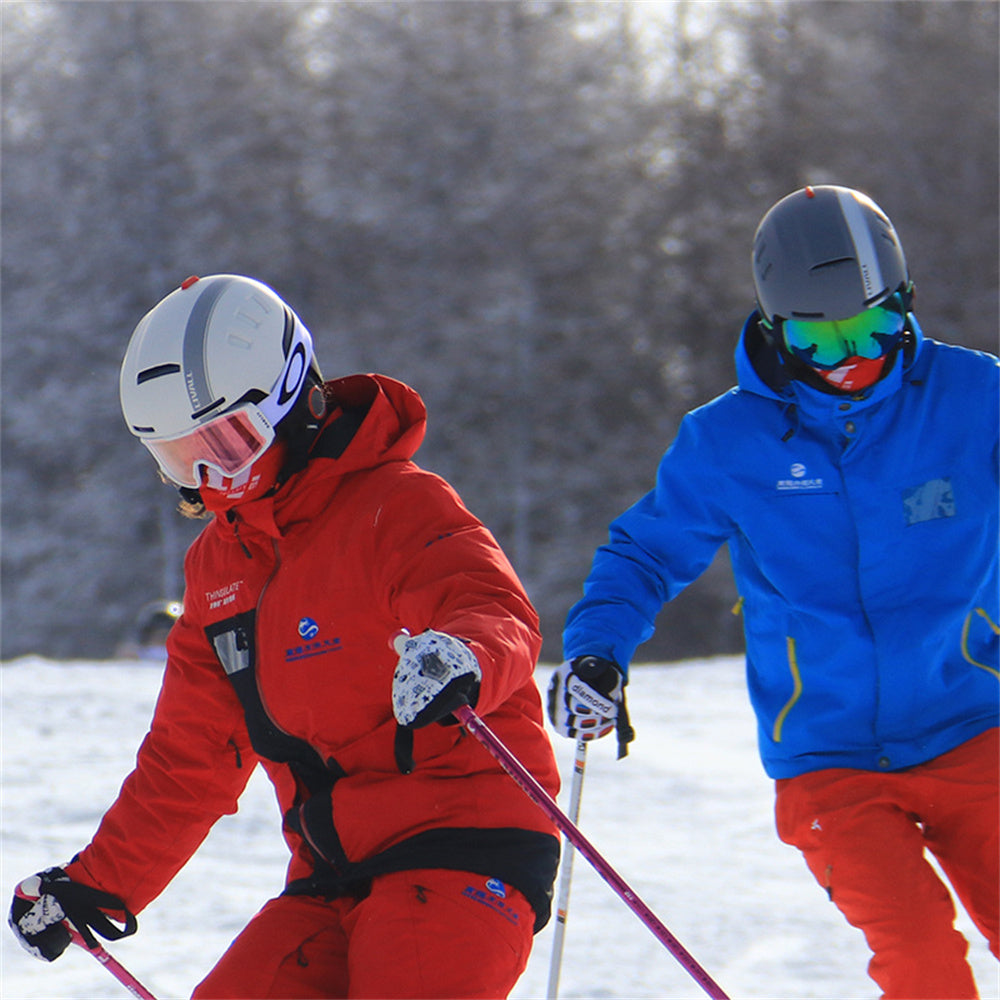
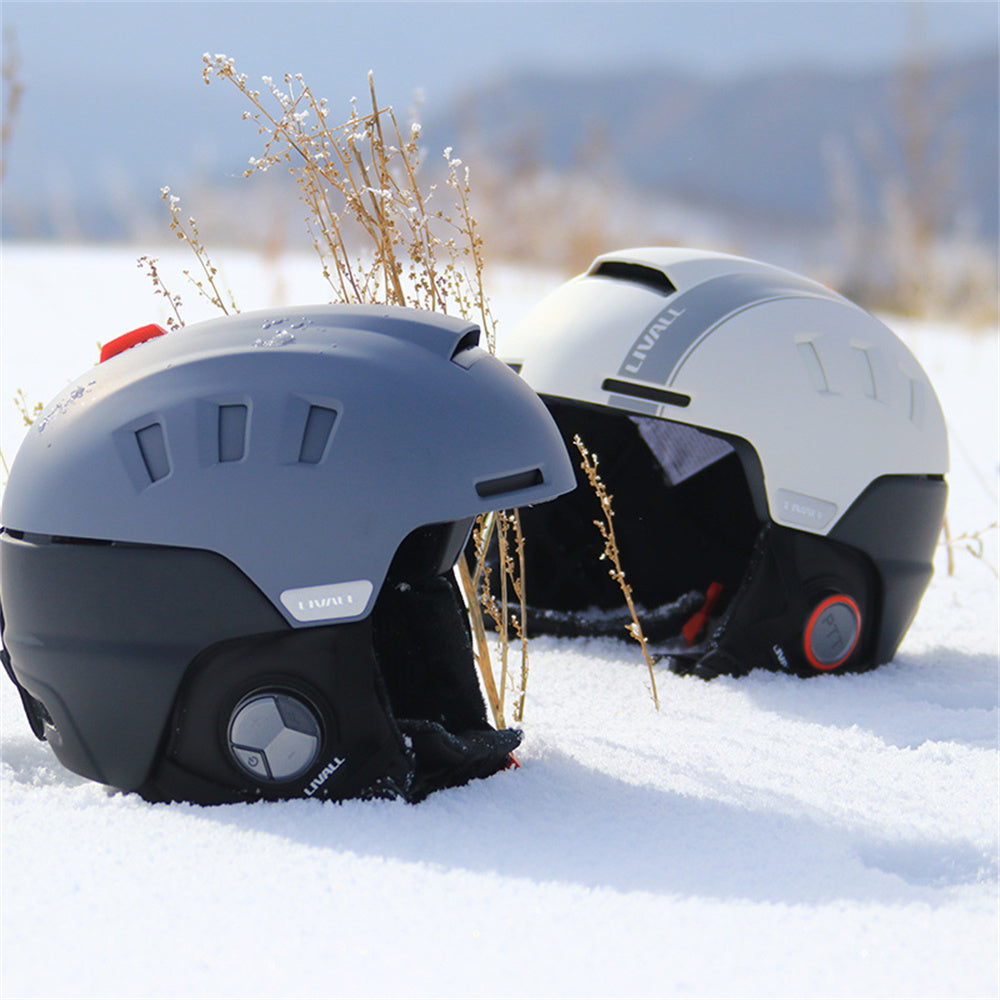
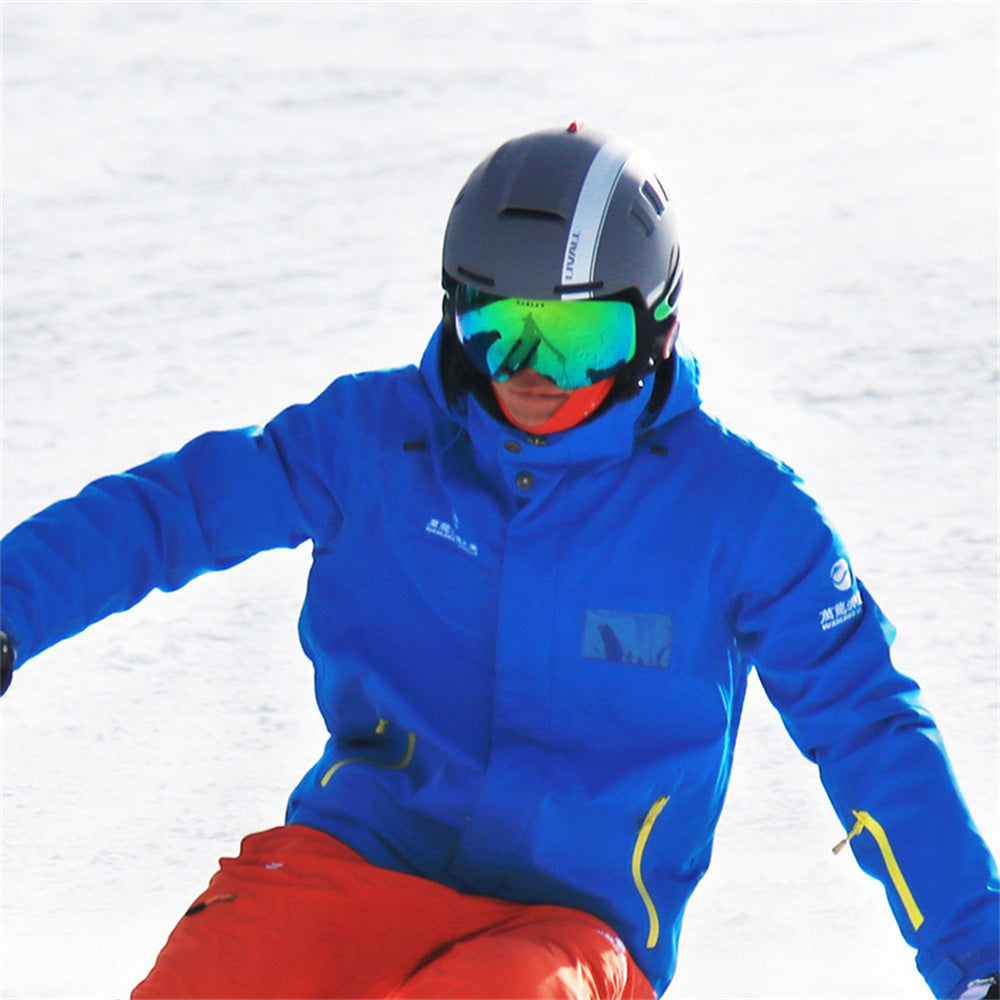
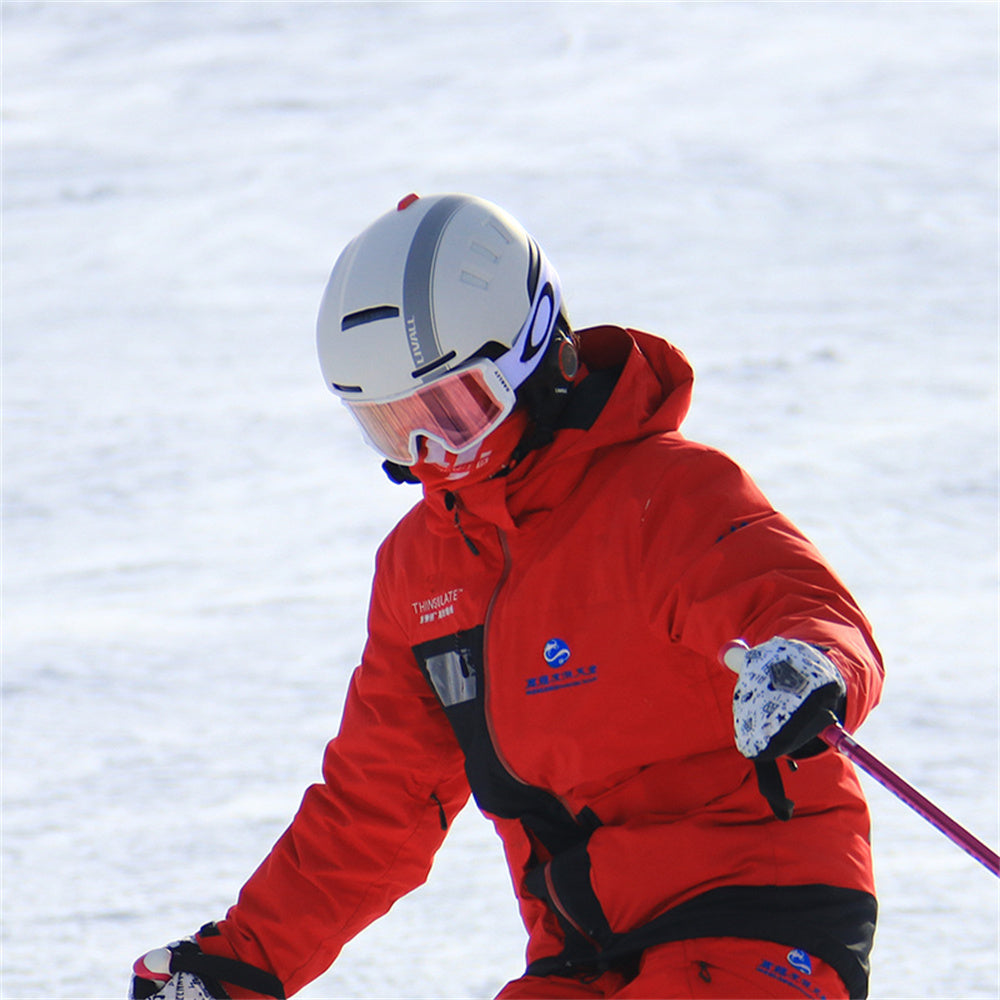
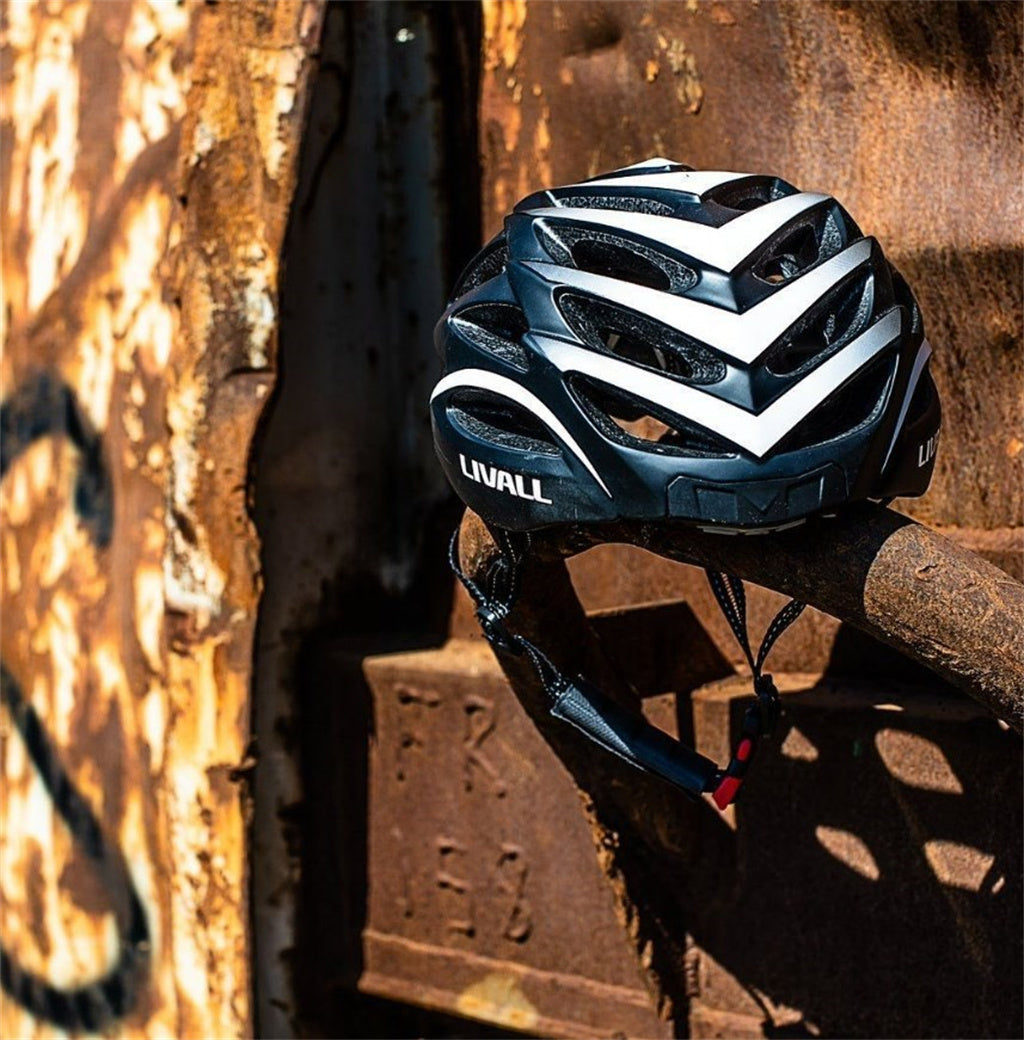


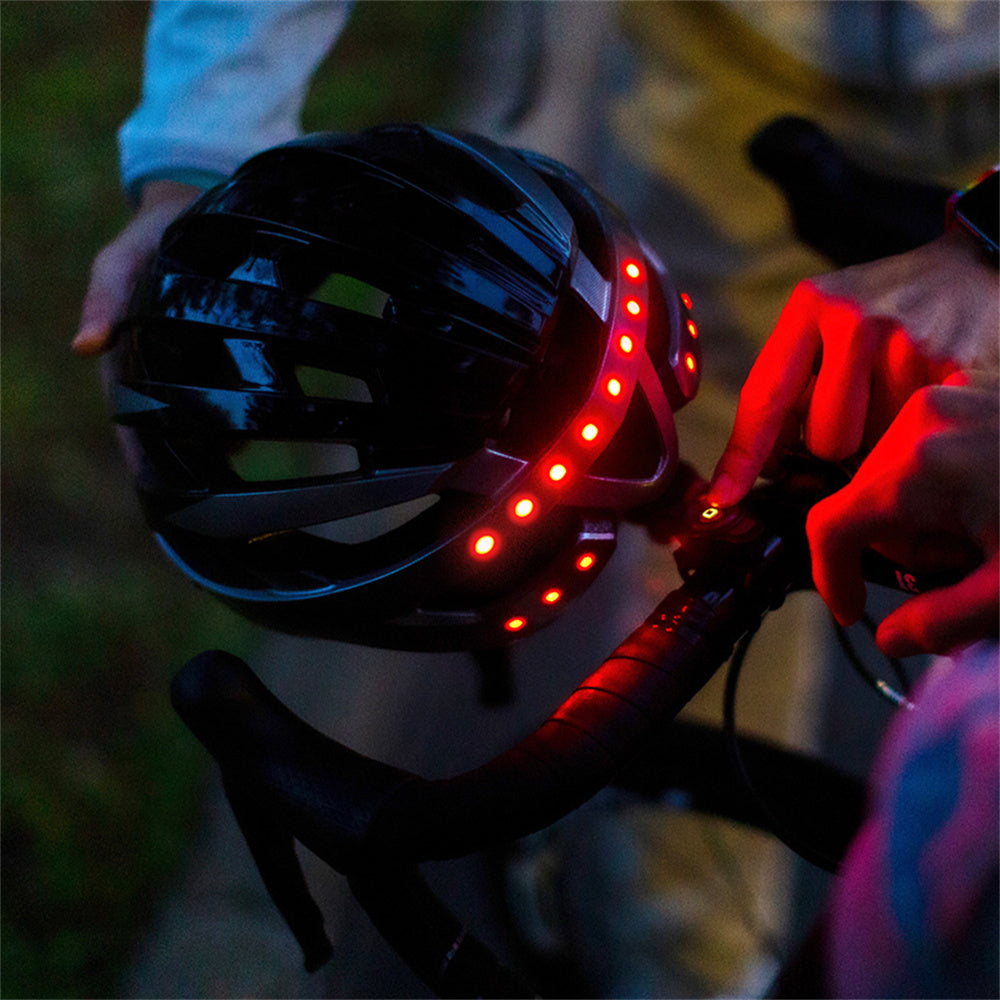

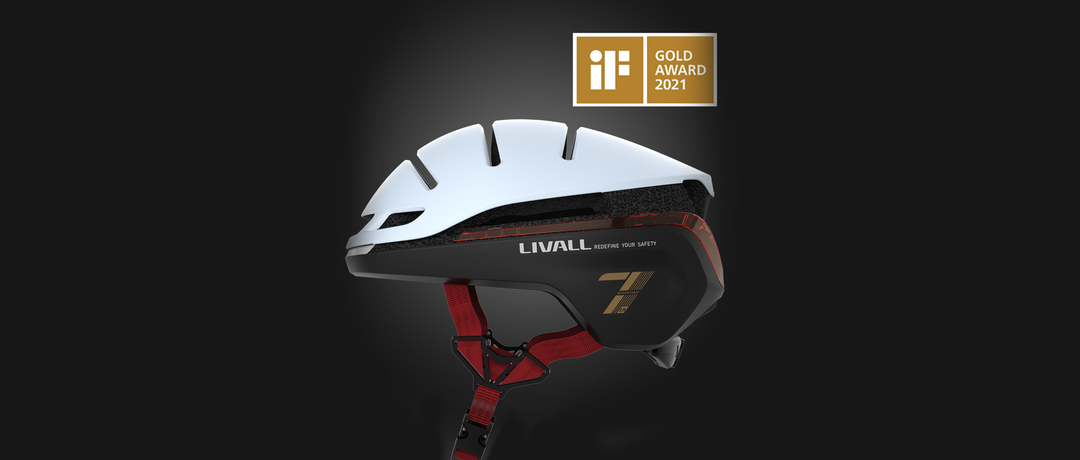



Leave a comment